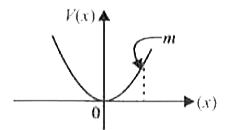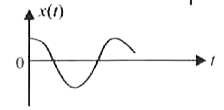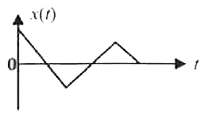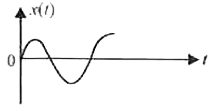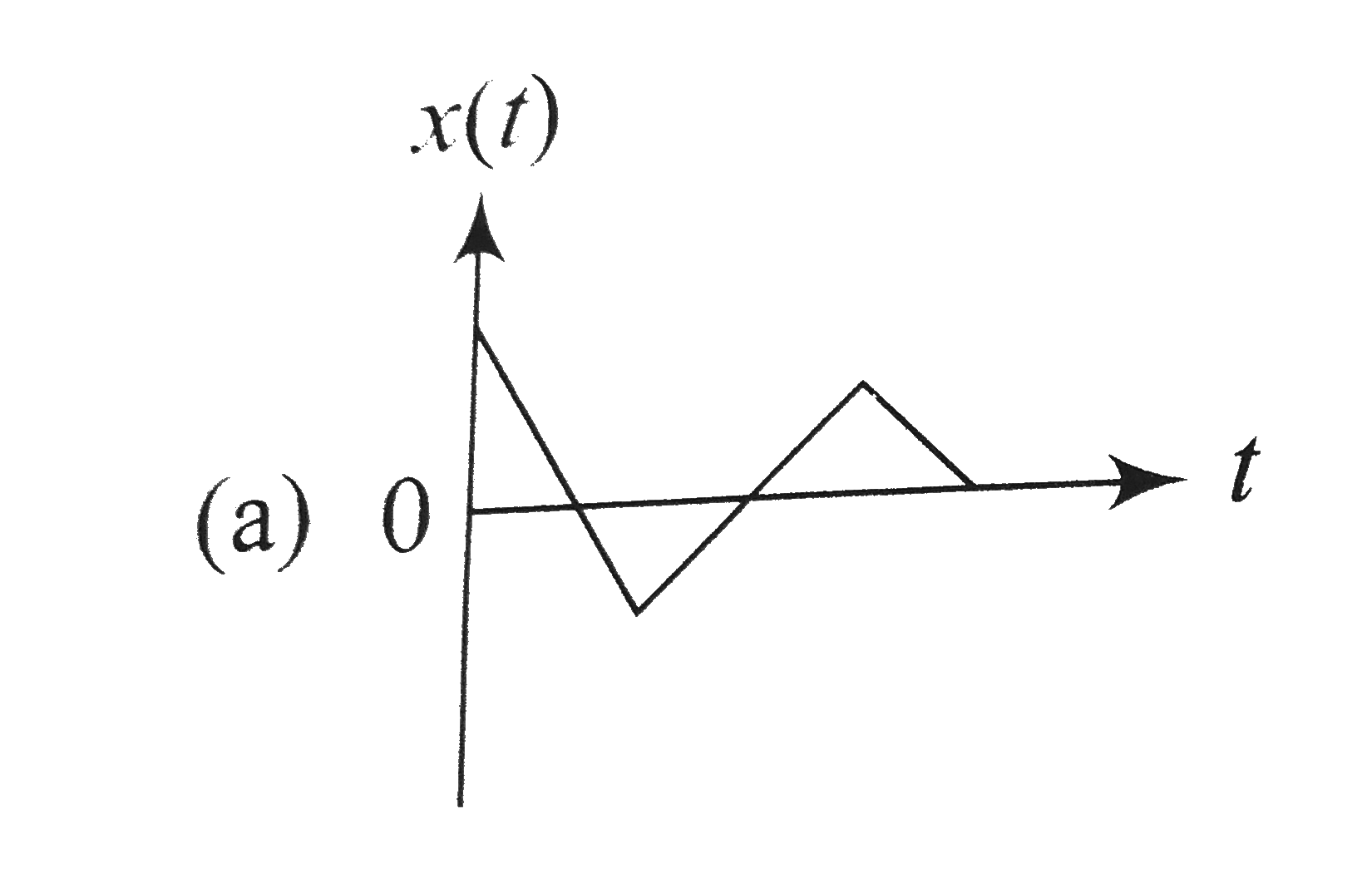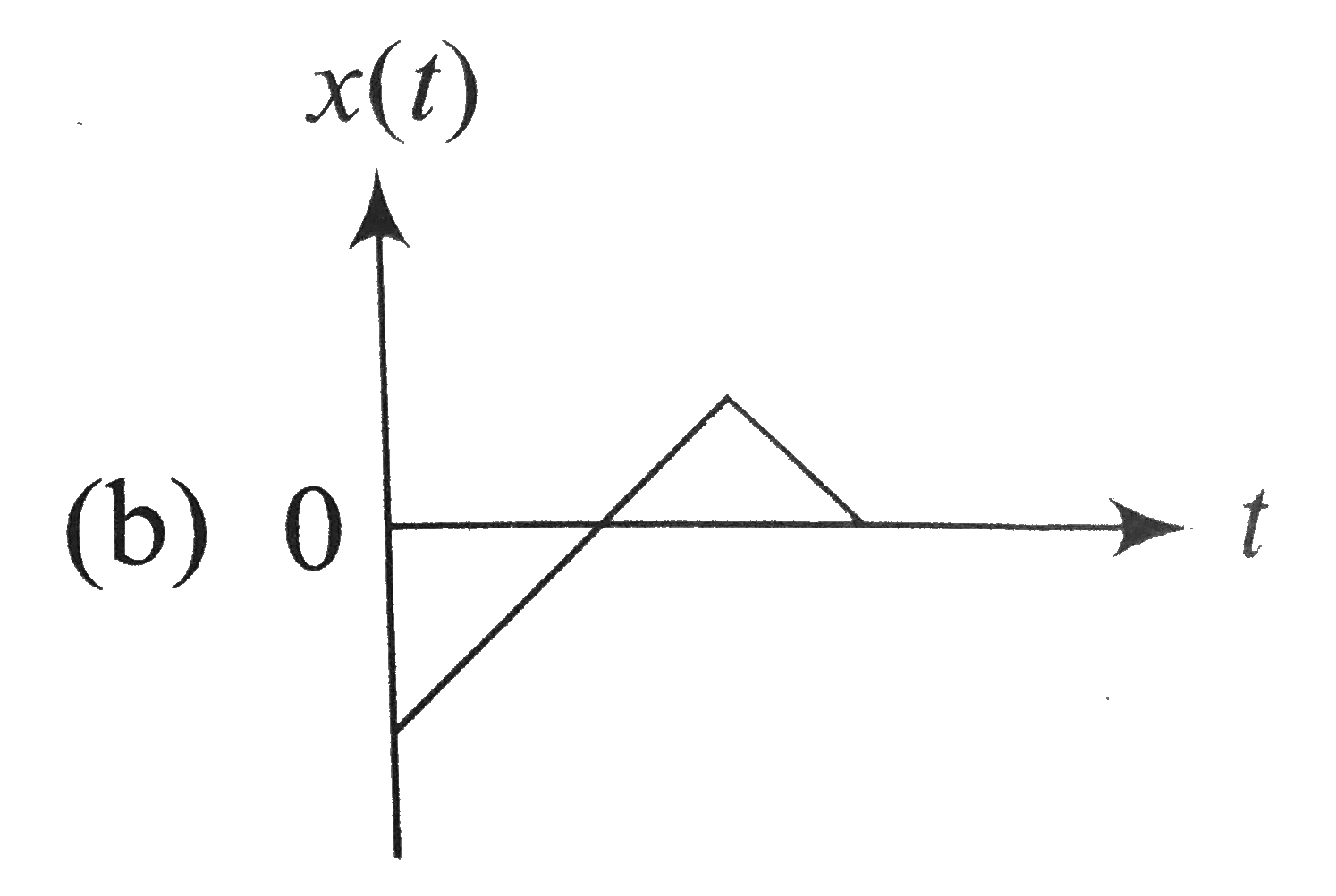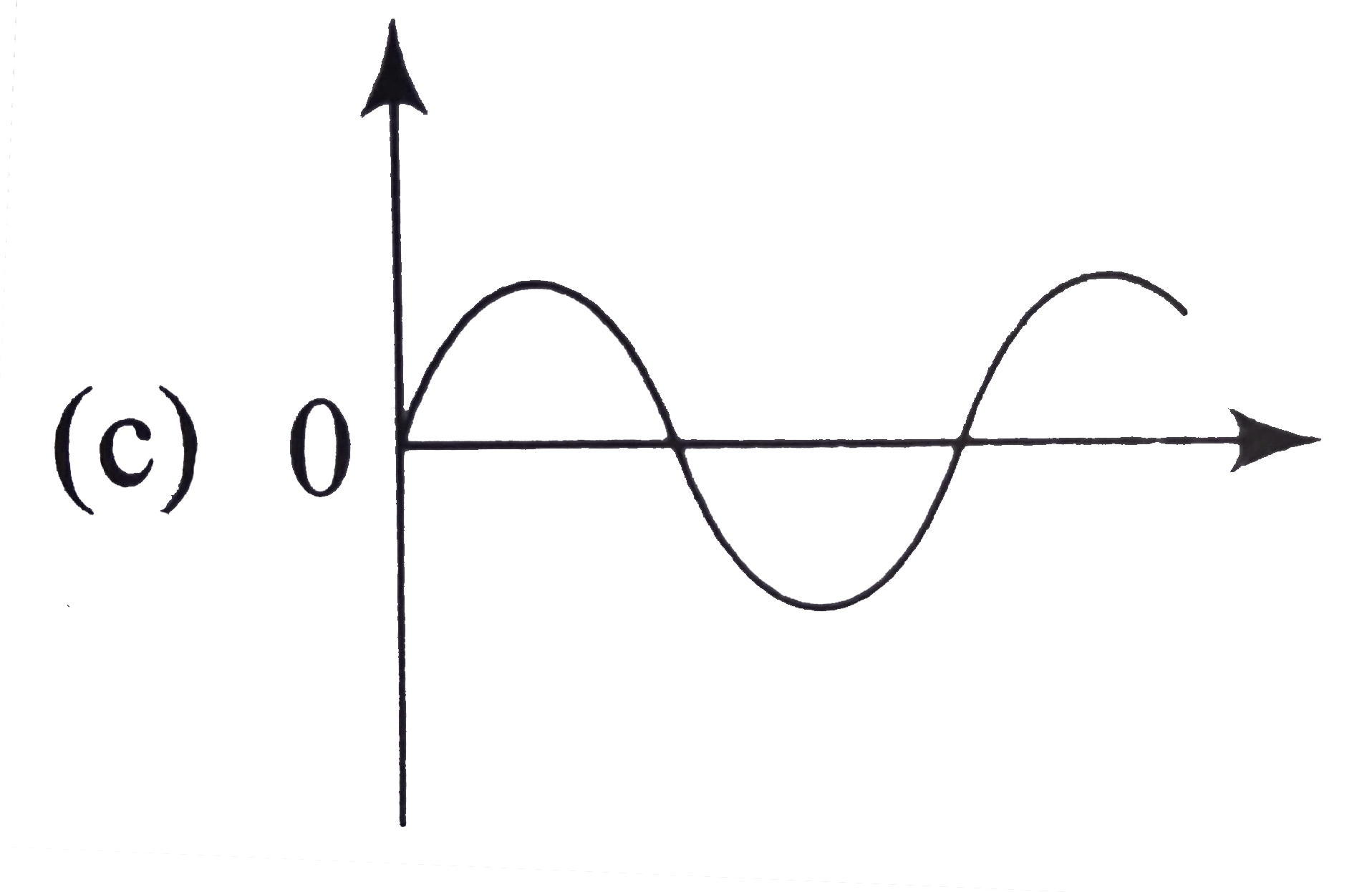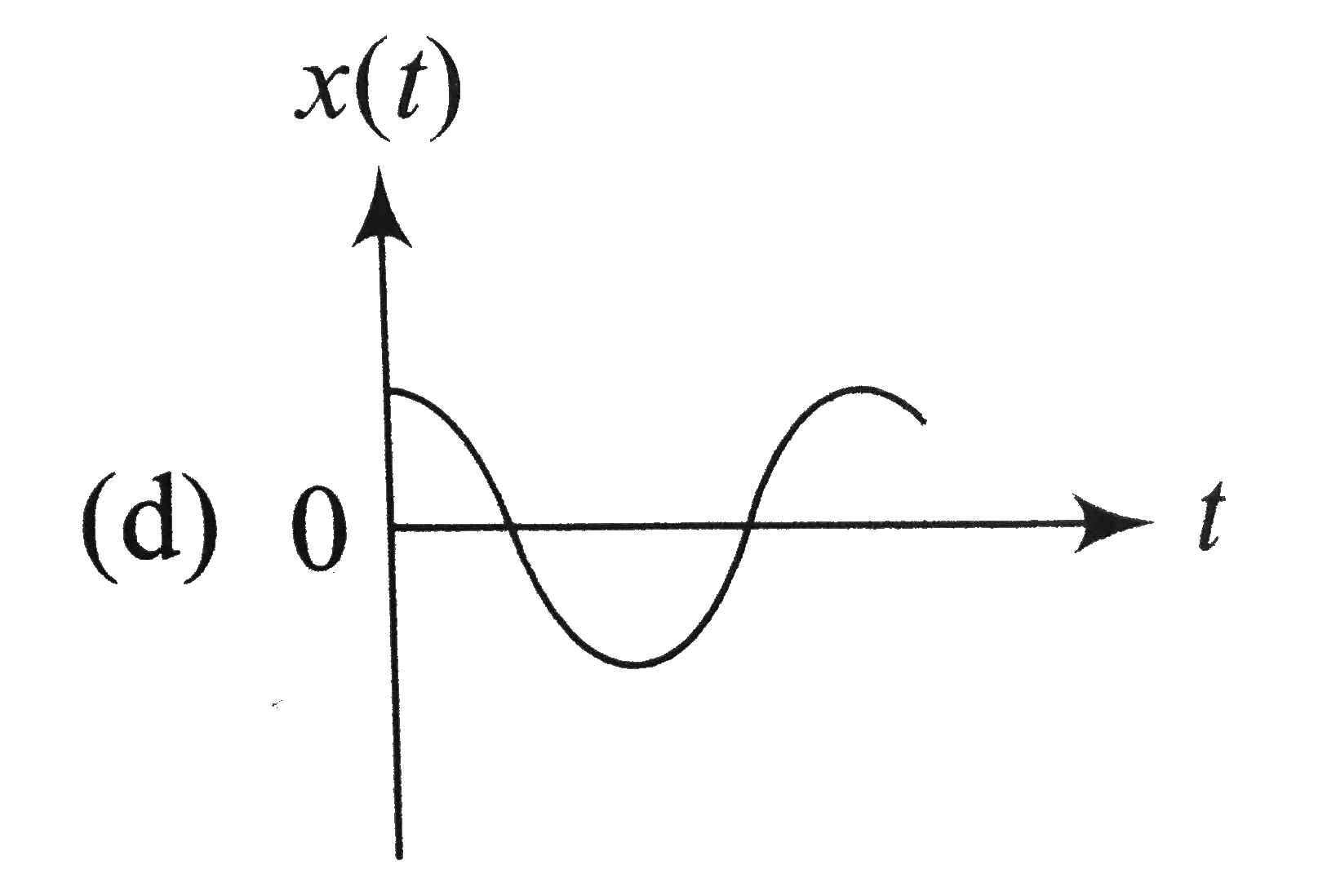A
B
C
D
Text Solution
Verified by Experts
The correct Answer is:
|
Topper's Solved these Questions
WORK, ENERGY AND POWER
MTG GUIDE|Exercise CHECK YOUR NEET VITALS|25 VideosView PlaylistTHERMODYNAMICS
MTG GUIDE|Exercise AIPMT/NEET (MCQs)|26 VideosView Playlist
Similar Questions
Explore conceptually related problems
Knowledge Check
A
B
C
D
Submit
Similar Questions
Explore conceptually related problems
MTG GUIDE-WORK, ENERGY AND POWER-AIPMT/NEET (MCQs)
- The potential energy of a system increases if work is done
Text Solution
|
Play - A body projected vertically from the earth reaches a height equal to e...
Text Solution
|
Play - A particle of mass m is released from rest and follows a particle as a...
Text Solution
|
Playing Now - Force F on a particle moving in a straight line varies with distance d...
Text Solution
|
Play - A mass m moving horizontally (along the x-axis) with velocity v collid...
Text Solution
|
Play - A solid cylinder of mass 3 kg is rolling on a horizontal surface with ...
Text Solution
|
Play - Two spheres a and B of masses m1 and m2 respectively collide. A is at ...
Text Solution
|
Play - The potential energy of a particle in a force field is U = A/(r^2) -...
Text Solution
|
Play - A car of mass m starts from rest and accelerates so that the instantan...
Text Solution
|
Play - A uniform force of (3 hati + hatj) newton acts on a particle of mass 2...
Text Solution
|
Play - A body of mass (4m) is lying in x-y plane at rest. It suddenly explode...
Text Solution
|
Play - A particle of mass m is driven by a machine that delivers a constant p...
Text Solution
|
Play - A block of mass 10 kg , moving in x direction with a constant speed of...
Text Solution
|
Play - Two similar springs P and Q have spring constants Kp and KQ, such that...
Text Solution
|
Play - Two particles of masses m1, m2 move with initial velocities u1 and u2....
Text Solution
|
Play - Two particle A and B, move with constant velocities vec(v1) and vec(v2...
Text Solution
|
Play - The heart of a man pumps 5 liters of blood through the arteries per mi...
Text Solution
|
Play - A ball is thrown vertically downwards from a height of 20 m with an in...
Text Solution
|
Play - On a frictionless surface, a block of mass M moving at speed v collide...
Text Solution
|
Play - A particle of mass 10 g moves along a circle of radius 6.4 cm with a c...
Text Solution
|
Play
